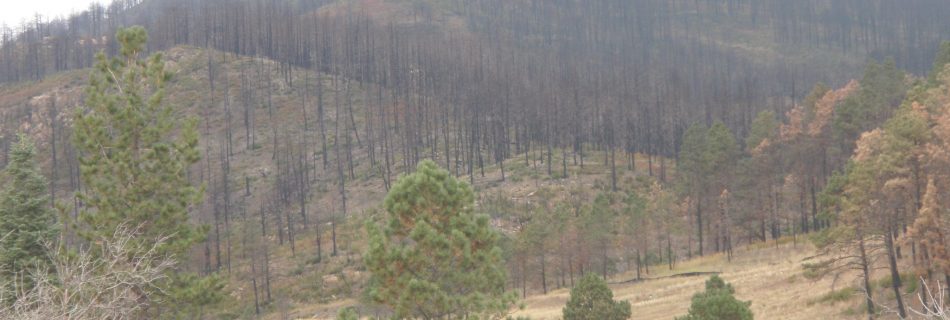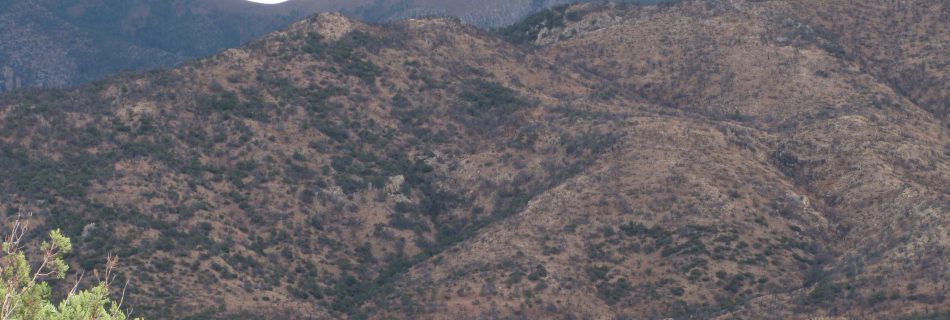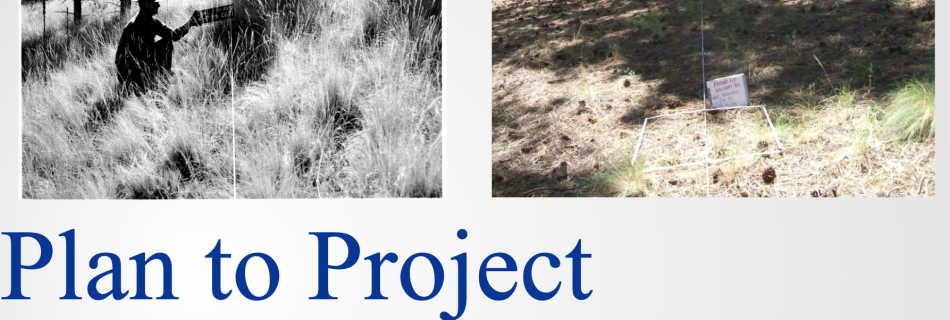September 27, 2012: Track Fire
A one day tour of the Track Fire near Raton, New Mexico. The fire started on June 12, 2012 from ATV Carbon exhaust flakes. It burned New Mexico and Colorado public and private land requiring interstate logistics. Some burned areas received cooperative post-fire watershed rehabilitation treatments from the City of Raton, the states of New …



